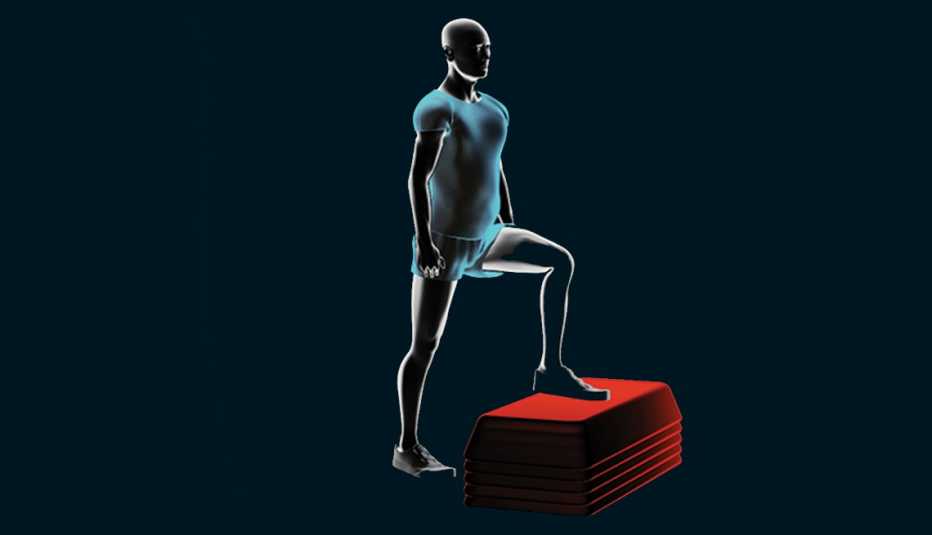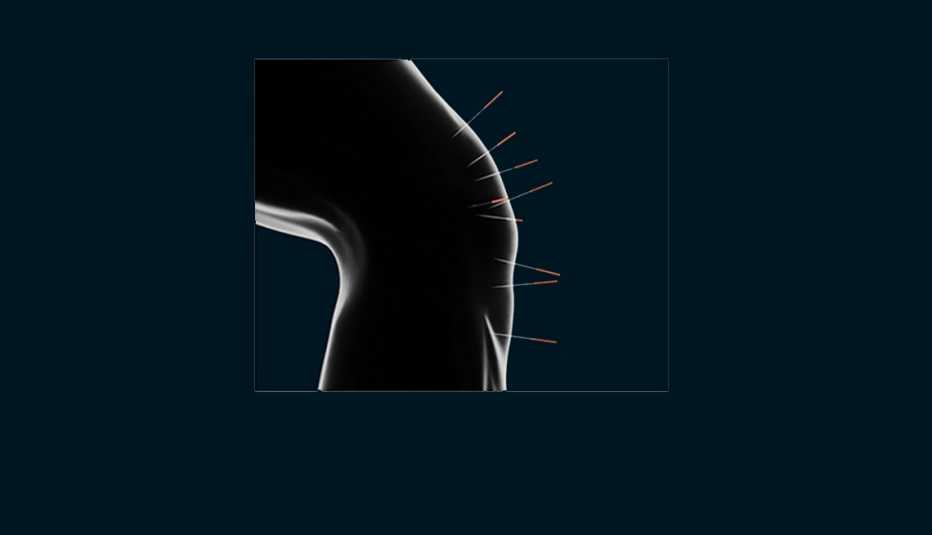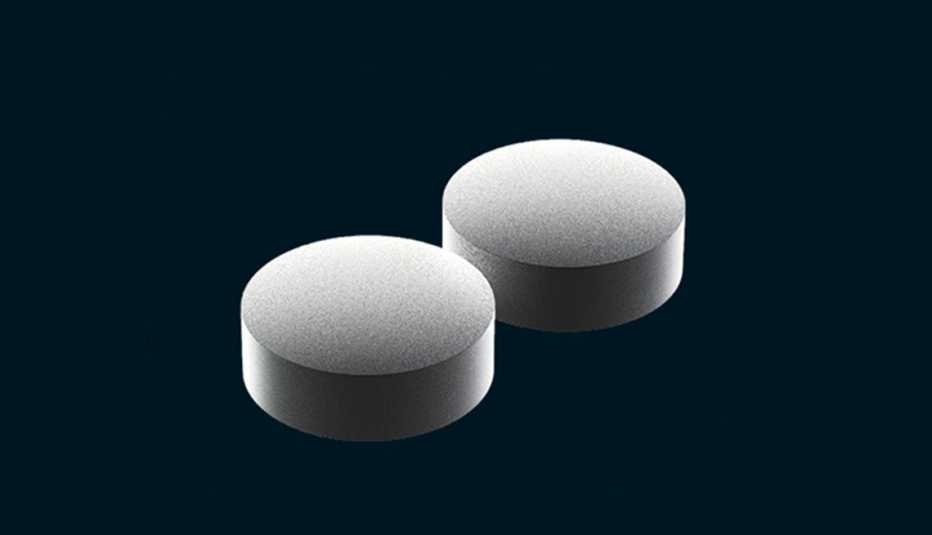AARP Hearing Center
About 700,000 knee-replacement surgeries are performed each year in the U.S., making it the most common joint-replacement procedure in America. By 2030, demand for knee replacements is expected to grow to 3.5 million—and patients under 60 will likely account for more than half of that growth.
Here are 8 ways to help avoid the need for surgery:
Make over your workout


Avoid knee-stressing activities that require running and jumping. Instead, engage in more moderate exercise such as biking, walking and swimming.


Lose weight


Walking puts one and a half times your body weight on your knees — 300 pounds of pressure for a 200-pound person. Climbing stairs doubles the pressure. “Even modest weight loss can significantly reduce pain,” says Stephen Kelly, a joint-replacement surgeon at New England Orthopedic Surgeons in Springfield, Massachusetts, and a committee member of the American Association of Hip and Knee Surgeons.


Strengthen and stretch


Supervised physical therapy can strengthen leg muscles while increasing your range of motion and flexibility, to better support your knees.


Brace yourself
An “unloader” knee brace can help make the joint feel more stable and allow you to do everyday activities without pain, especially if arthritis is on the inside of the knee.


Relieve pain and swelling
An analgesic such as acetaminophen can relieve pain without a prescription. Nonsteroidal anti-inflammatories — both over the counter and prescription — can reduce pain and swelling. If neither drug is effective on its own, your doctor can prescribe a combination.
Test acupuncture
Stimulation with fine acupuncture needles can provide some relief from osteoarthritis in knees, notes the National Center for Complementary and Integrative Health.
Consider injections
Injecting cortisone directly into knees can reduce inflammation and pain, though repeated use may damage cartilage, so you shouldn’t get more than three or four shots a year. Injections of hyaluronic acid may provide longer-term relief (typically about six months), by replacing natural lubricants with a gel-like fluid.
Try supplements
A combo of 500 milligrams (mg) of glucosamine hydrochloride and 400 mg of chondroitin sulfate three times a day relieved moderate to severe osteoarthritis pain as effectively as the drug celecoxib (Celebrex) in a recent study. “Expect about a 50 percent decrease in pain over a six-month period,” says study author Allen D. Sawitzke, a rheumatologist and University of Utah associate professor.
































































